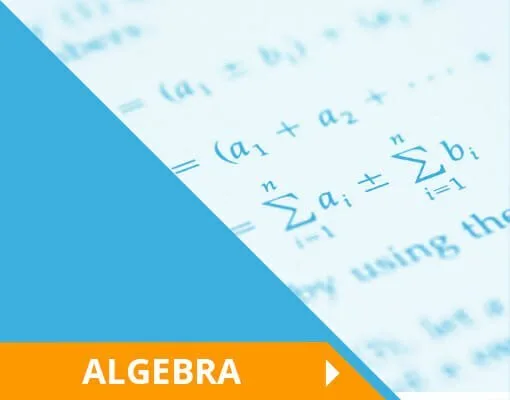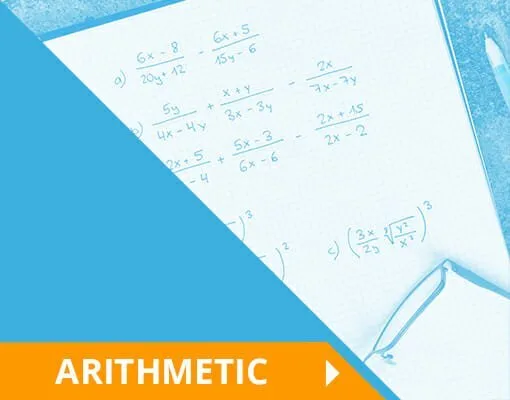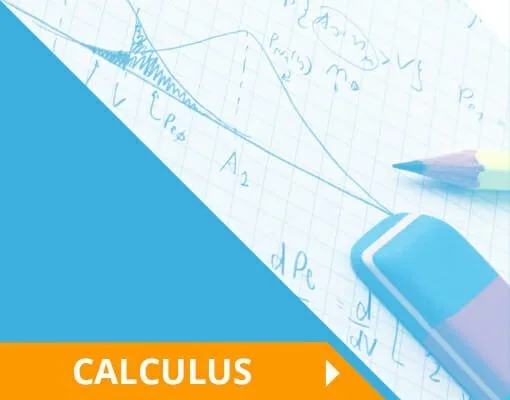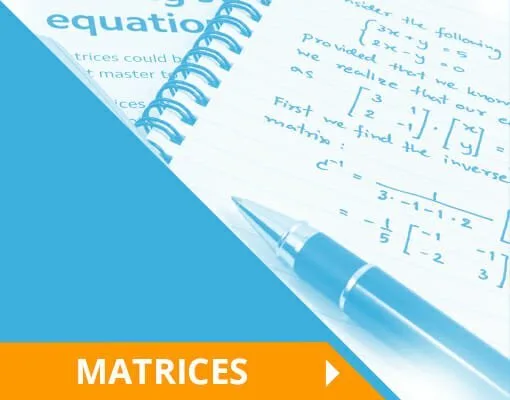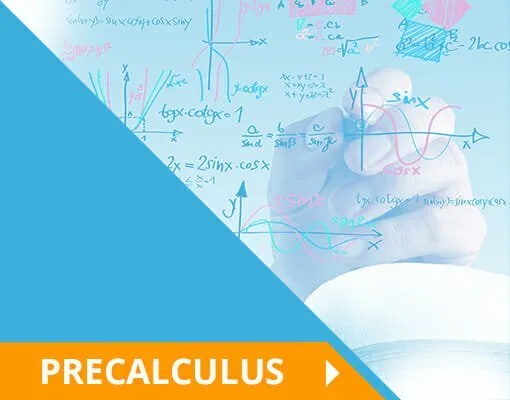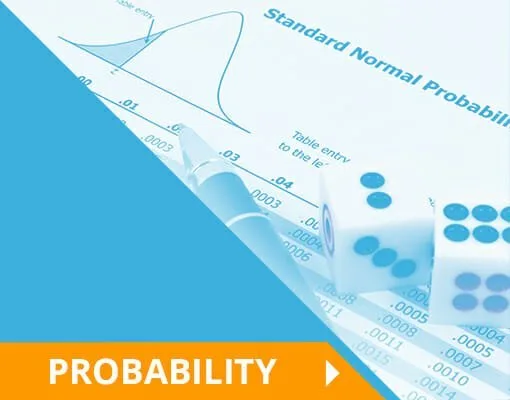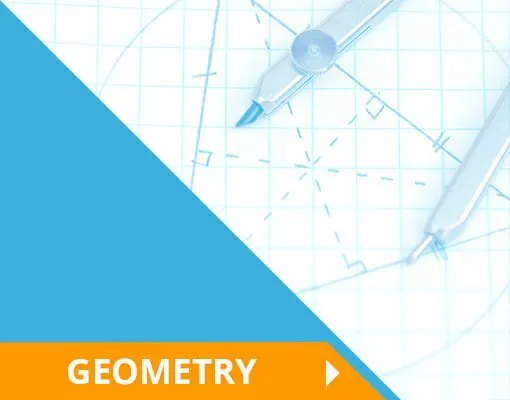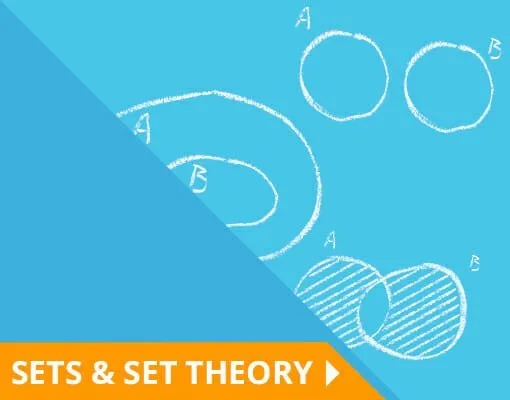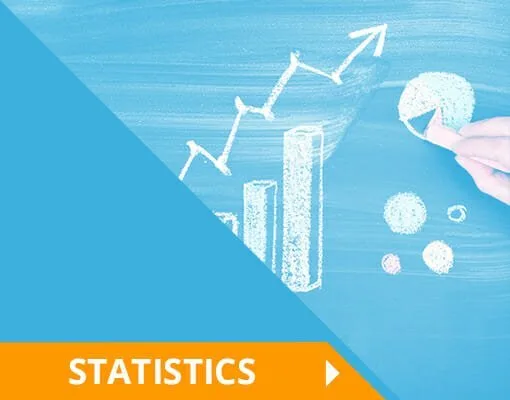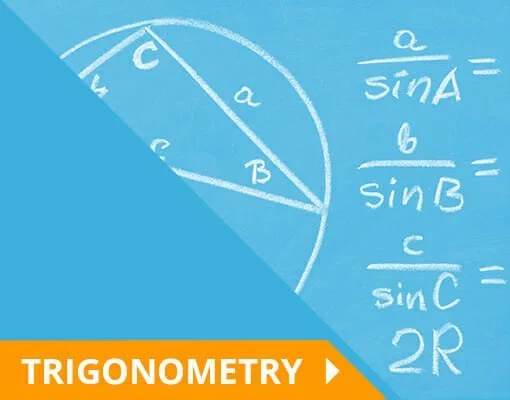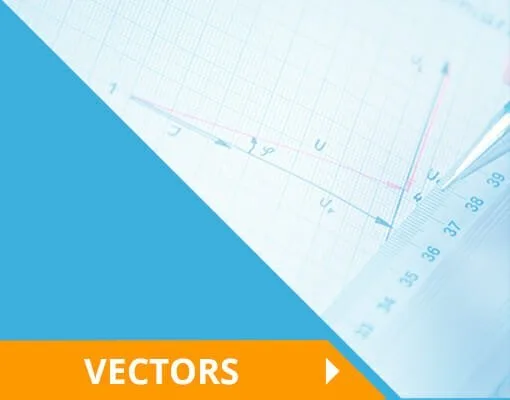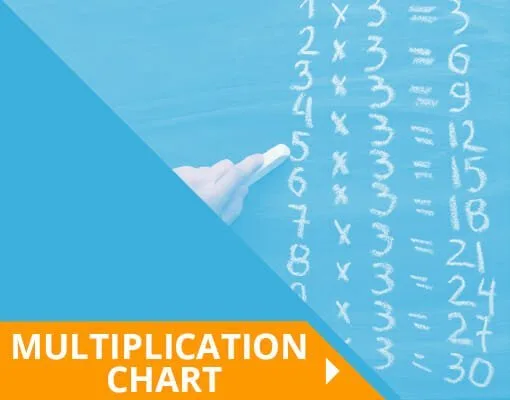- Home
- >
- Math Lessons
Math Lessons
This course covers all the fundamental concepts needed for students to establish and enhance their algebraic foundation. Having a solid algebraic foundation will help students perform well in more advanced math topics.
Students will have stronger computational skills, the ability to apply algebraic properties and formulas and feel more confident in solving real-world applications of Algebra.
Modules from this course will include: discussion on real numbers, introduction on algebraic expressions, equations, inequalities, rational expressions and equations, and techniques in solving different functions and equations.
This course will cover all the basic operations and topics needed for young learners to do well in their math classes.
As an essential foundation in other branches of mathematics, arithmetic is one of the earliest math classes that a young student attends and aims to master.
This course contains the fundamental topics in arithmetic including: whole numbers, place value charts, addition, subtraction, multiplication, division, fractions, decimals, exponents, percent, proportion, and rates, as well as equality.
Calculus focuses on calculating the rates of change and the areas around curves – making this branch of mathematics a core foundation in physics, engineering, and other disciplines.
This course is a thorough exploration of calculus – it covers the topics discussed in introductory and advanced calculus classes. Students will extend their understanding and experience with functions to establish the basic concepts of calculus then they explore more advanced topics in calculus. By the end of this comprehensive course, students will feel confident in applying different calculus formulas and properties.
Understanding matrices (and linear algebra) is important in computer science, engineering, applied physics, and other disciplines.
This course covers the fundamentals of matrices and content can easily be understood by high school and university-level students.
By the end of the course, students will be confident with the fundamental concepts needed to advance to linear algebra. These topics include: the components of matrices, matrices’ dimensions, matrix operations, applications of matrices including solving systems of equations and calculating for areas.
The precalculus course covers all the concepts learned in previous math lessons to prepare students for their calculus classes. Students will get a chance to analyze different types of functions and graphs.
Topics included in this course are: elementary functions and graphs, rates of change, exponential, logarithmic, and trigonometric functions.
The course also refreshes students on basic linear algebra, matrices, probability, and statistics. Students will be ready to take on advanced mathematics classes and will be equipped with concepts needed to excel.
Probability measures the chance or the possibility of a certain outcome. Probability is essential to mathematicians, data scientists, statisticians, and researchers and this course will offer students a comprehensive discussion of basic and advanced topics on probability.
This course covers the following topics: conditional probability, probability of events, combinatorics, and probabilities used in advanced statistics.
Students will have a solid understanding of probability theory as well as its applications by the end of this course.
Geometry focuses on the description and properties of two and three-dimensional figures. From points to geometric proofs, this course covers all key lessons needed to master geometry.
Students will learn the following topics: basic components in geometry, angles, triangles, polygons, circles, solid geometry, coordinate geometry, geometric construction, and transformations.
By the end of this course, students will learn how to calculate areas and volumes, enhance their logic and reasoning skills, and use these concepts to solve world problems.
Sets and set theory are familiar to young learners and students studying advanced mathematics. This shows how useful and versatile sets and set theory are in a wide range of fields. Students will now have the terminologies and technical understanding of concepts they already have encountered in the past.
This course will set the foundation for students by covering a wide range of basic and advanced topics including: basic components of sets, set operations, Venn diagrams, and set builder notations.
This course can be taken by first-time learners and those in need of a quick refresher on set theory.
Statistics covers all the concepts and techniques needed for us to establish conclusions based on a given data. This introductory course on statistics will help students from a wide range of backgrounds have a solid foundation on analyzing data, curating graphs, and summarizing data for important characteristics and features.
This course covers the following topics: data gathering, methods to describe data (mode, median mean, and range), different ways to represent data, calculating frequencies, constructing frequency tables and distributions, as well as more advanced statistic topics.
Trigonometry is the study of triangles and their properties. As simple as that sounds, students will learn how from a simple three-sided figure, they can now use a wide range of properties, theorems, and formulas involving triangles to solve real-world problems and advanced math applications involving analytic trigonometry. Students will also learn about trigonometric identities and functions.
By going through all the lessons in this course, students will feel confident in solving problems involving triangles and trigonometric functions and they will be ready to use trigonometry in more advanced math topics.
Vectors are the result of combining the concepts from algebra, geometry, and trigonometry. From having a way to describe relationships and functions where direction matters to extending calculus to account for vectors, understanding vectors is essential.
Students will have a solid foundation on the following topics: vector definition and components, important measures and operations in vectors, the relationship between vectors and parametric equations, and parametric equations. After taking the course, students will be ready for more advanced methods and applications.
The multiplication chart is most helpful when starting to learn about multiplying numbers. It contains rows and columns arranged to highlight the products of one-digit numbers normally from 1 to 10. Through multiplication charts, young learners will have fun learning through basic multiplication.
This course contains visually appealing examples and exercises that will definitely make students eager in taking on their first step towards the fundamentals of arithmetic and mathematics. Young learners will be one step closer to mastering multiplication and will be confident to learn advanced topics.

